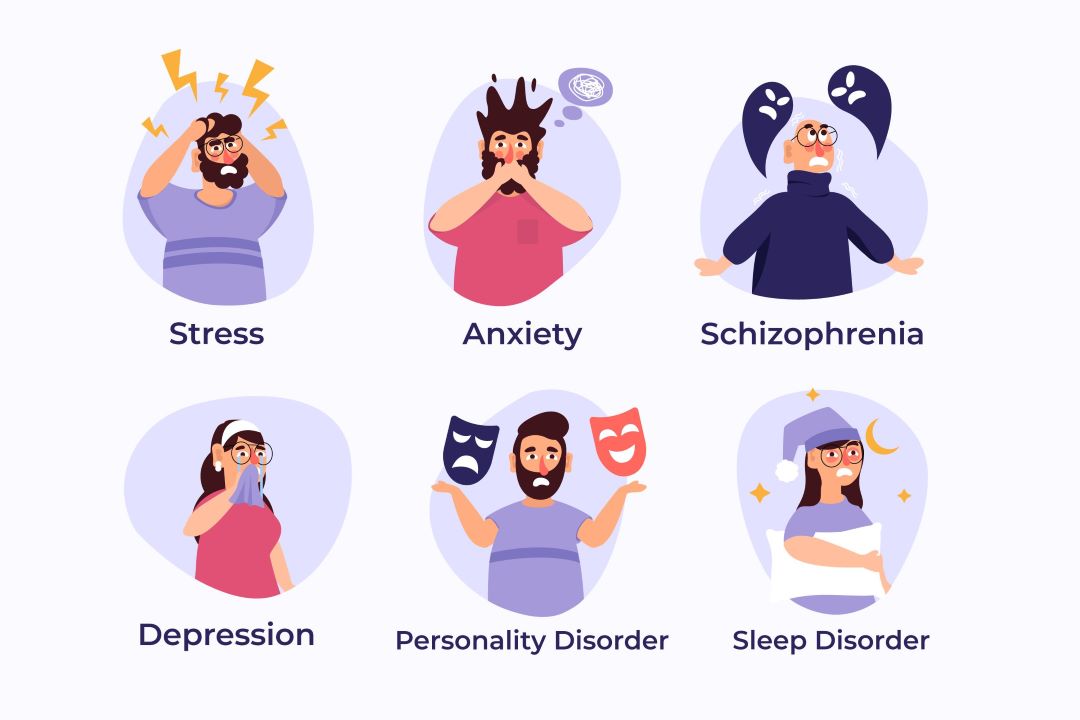Understanding Unconscious Bias: A Primer for D&I Candidates
Unconscious bias, also known as implicit bias, refers to the hidden, automatic judgments and attitudes we hold about people based on their characteristics such as race, gender, age, or other social identifiers. These biases are not within our conscious control and can influence decisions and behaviours, often leading to unintentional discrimination.
Unconscious bias originates from a variety of sources, including our upbringing, cultural influences, media portrayals, and personal experiences. These biases are deeply ingrained in our minds, making it crucial to recognize their existence and actively work to mitigate their impact.
Examples of Unconscious Bias in the Workplace.
Unconscious bias can manifest in numerous ways within the workplace, affecting various aspects of professional life. Some common examples include:
- Hiring and Recruitment: Hiring managers may unconsciously favor candidates who resemble them in terms of race, gender, or background, perpetuating a lack of diversity in the workplace.
- Promotion and Advancement: Employees with unconscious bias may be more likely to perceive certain individuals as “leadership material,” potentially overlooking equally or more qualified candidates from underrepresented groups.
- Performance Evaluations: Biassed evaluations can result in inequitable assessments, making it challenging for marginalised employees to demonstrate their true potential and hinder their career progression.
- Microaggressions: Subtle, everyday interactions and comments that stem from bias can create hostile work environments and negatively impact employee morale and well-being.
Impact of Unconscious Bias on Career Progression.
Unconscious bias has a profound effect on an individual’s career trajectory. It can limit opportunities, undermine confidence, and hinder professional growth for those facing bias. Some consequences include:
Unequal Access to Opportunities: Biased decisions can lead to uneven distribution of opportunities, promotions, and challenging projects.
Stalled Career Growth: Employees who experience bias may find their careers plateauing, despite their skills and qualifications.
Decreased Job Satisfaction: The stress of navigating bias can contribute to decreased job satisfaction and engagement, which can result in higher turnover rates.
Strategies for D&I Candidates to Navigate and Overcome Bias
D&I candidates, or individuals committed to promoting diversity and inclusion, can take several steps to combat unconscious bias within their workplaces:
1. Self-awareness: Recognize your own biases and continually work on mitigating them. Understanding your own biases is the first step toward addressing them.
2. Advocacy: Speak up and advocate for diversity and inclusion in your organisation. Encourage open conversations and policies that address bias.
3. Mentorship and Sponsorship: Seek out mentors and sponsors who can help guide your career and advocate on your behalf.
4. Data-Driven Decision-Making: Encourage the use of data to measure diversity and inclusion efforts and hold leaders accountable for their outcomes.
5. Training and Education: Engage in diversity and inclusion training and encourage your organisation to provide this training for all employees.
6. Networking: Build a strong network of like-minded individuals who are dedicated to diversity and inclusion.
In conclusion, unconscious bias is a persistent challenge in achieving diversity and inclusion in the workplace. D&I candidates play a critical role in mitigating its impact by addressing bias, advocating change, and fostering inclusive work environments.




